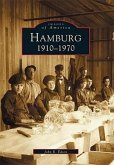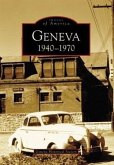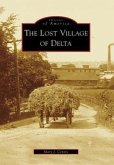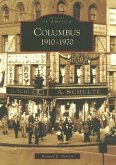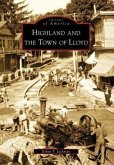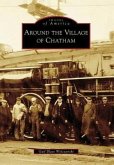Before the Brooklyn Battery Tunnel, the World Trade Center, and Battery Park City, Manhattan's southern tip was home to a vibrant community of thousands of Slovakian, Irish, Syrian, Greek, and Lebanese immigrants. Living closely in five-story tenement buildings, these early New Yorkers, many of whom filled the low-wage jobs of Wall Street, built a multicultural neighborhood where the weekdays were filled with the hustle of business and the nights and weekends were filled with stickball games, dances, and worship. The Financial District's Lost Neighborhood: 1900-1970 celebrates this little-known neighborhood while highlighting some of New York City's most famous landmarks: Trinity Church, St. Nicholas Greek Orthodox Church, Battery Park and the New York Aquarium, and the Downtown Athletic Club, home of the Heisman Memorial Trophy.
Hinweis: Dieser Artikel kann nur an eine deutsche Lieferadresse ausgeliefert werden.
Hinweis: Dieser Artikel kann nur an eine deutsche Lieferadresse ausgeliefert werden.


